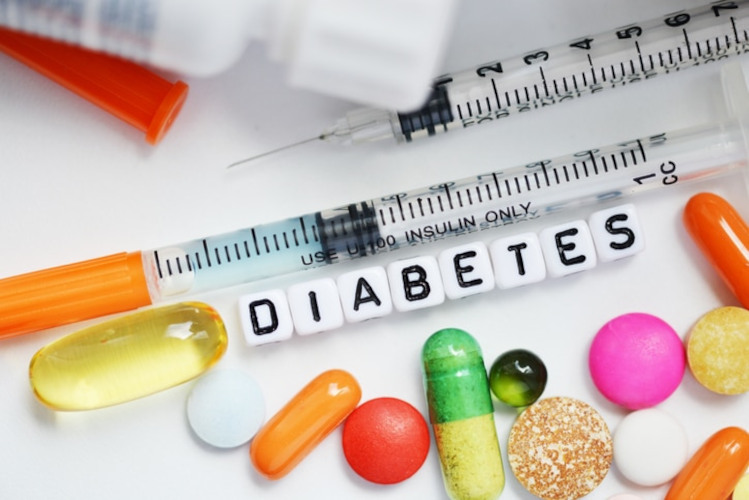
Individualized treatment plans are a must for successful diabetes management. The plan of care will depend on a patient’s comorbidities, preferences (including cost and access considerations), and level of intensity of glycemic management required1. Lifestyle modification and metformin (Glucophage®) are the two most common forms of first-line therapy. But what comes next when more intervention is needed?
Have a Working Knowledge of Oral and Injectable Diabetes Medications
There is a dizzying array of diabetes treatments available on the market, with new classes of oral medications, new insulin formulations, and new delivery options appearing frequently. Even though you don’t prescribe diabetes treatments, you owe it to your patients to maintain a working knowledge of the oral and injectable diabetes medications available and to understand their risks, benefits, and side effects. Factors to consider when selecting diabetes pharmacotherapy include2,3:
- Efficacy (A1C lowering)
- Desired target-fasting or post-prandial glucose
- Effect on beta cells in the pancreas
- Risk of hypoglycemia
- Effect on weight
- Adverse effects
- Potential drug interactions
- Cardiovascular disease benefit
- Presence of renal impairment
- Cost to the patient (route of administration, financial, adherence, willingness to accept)
Each class of traditional oral medications works differently. For example, biguanides like metformin work in the liver to reduce fasting blood sugar while sulfonylureas like Glipizide® stimulate insulin release from the pancreas2. Newer injectable non-insulin medications such as Byetta® and Trulicity® tend to mimic natural hormones that help regulate blood glucose2. Rapid-acting, short-acting, intermediate-acting, long-acting, extra-long acting, and combination insulin have long been used to mimic insulin secretion by the pancreas. A once-weekly basal insulin recently became available that works in a similar way to other long-acting insulins2.
Side Effects
Of course, different medications have different side effects. Most common is GI distress (such as biguanides like metformin, for example), while others can result in weight gain (such as meglitindes like Starlix® or sulfonylureas like Glymepiride®)2. If patients find negative side effects too difficult to manage or live with, changes in medication will be needed.
Keeping up with the products can be challenging! A good place to start learning more is by reviewing the chapter on Pharmacologic Approaches to Glycemic Treatment in the 2022 Standards of Medical Care in Diabetes. Becky Dorner & Associates has several CPE programs specific to diabetes and diabetes medications, including self-study programs and webinars.
References
- Pharmacologic Approaches to Glycemic Treatment: Standards of Medical Care in Diabetes—2022. Diabetes Care. 2022;45(Suppl. 1):S125–S143 | https://doi.org/10.2337/dc22-S009.
- Warwick K. Comprehensive Diabetes Medication Update: What Dietitians Need to Know. Webinar presented December 9, 2021, for Becky Dorner & Associates. Can be purchased at https://www.beckydorner.com/product/comprehensive-diabetes-medication-update-what-dietitians-need-to-know/.
- Sisson E, Malloy K, Zbyrack V. Association of Diabetes Care and Education Specialists Quick Guide to Medications. 11th edition. Chicago IL: Association of Diabetes Care and Education Specialists; 2021.












